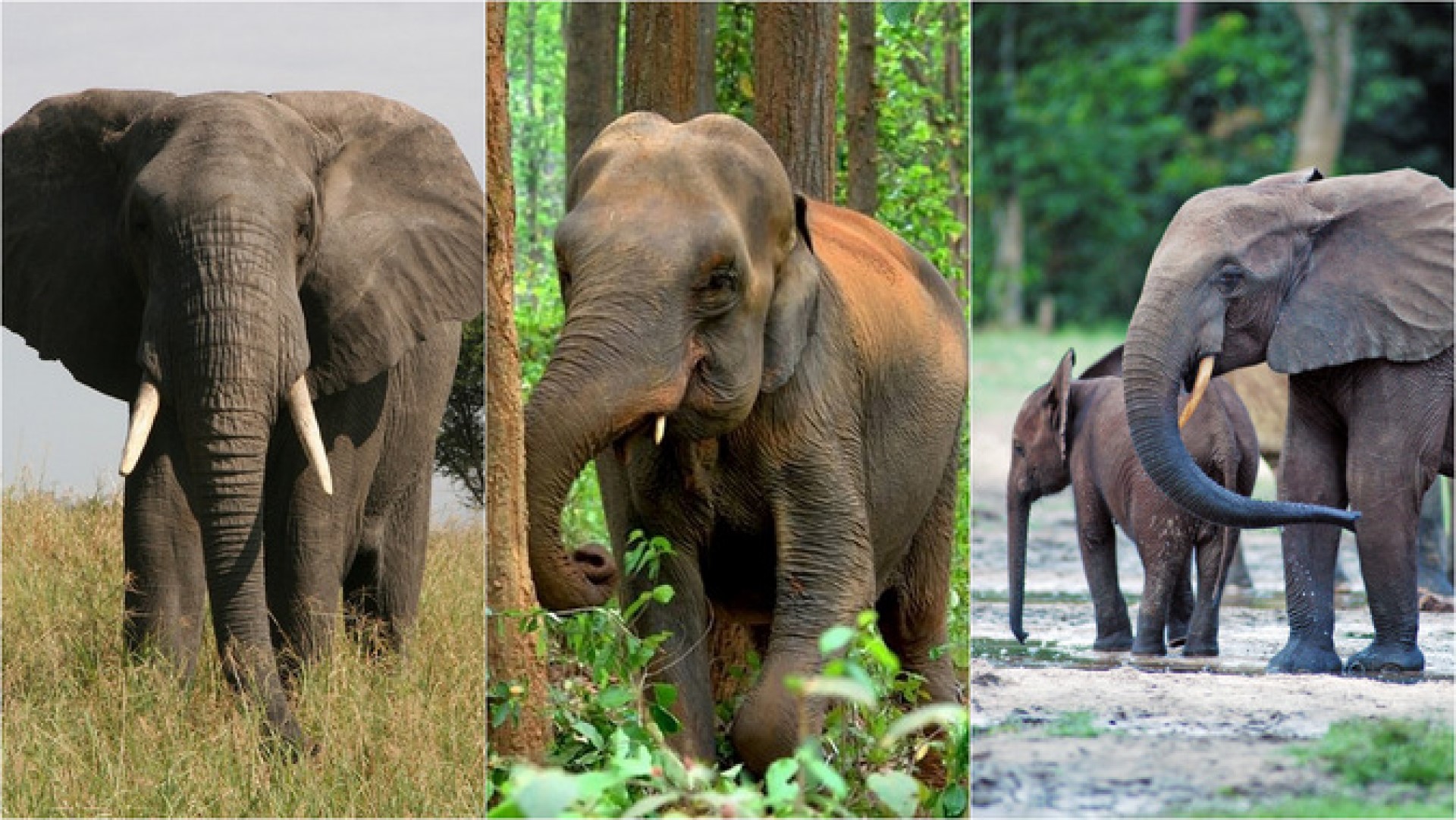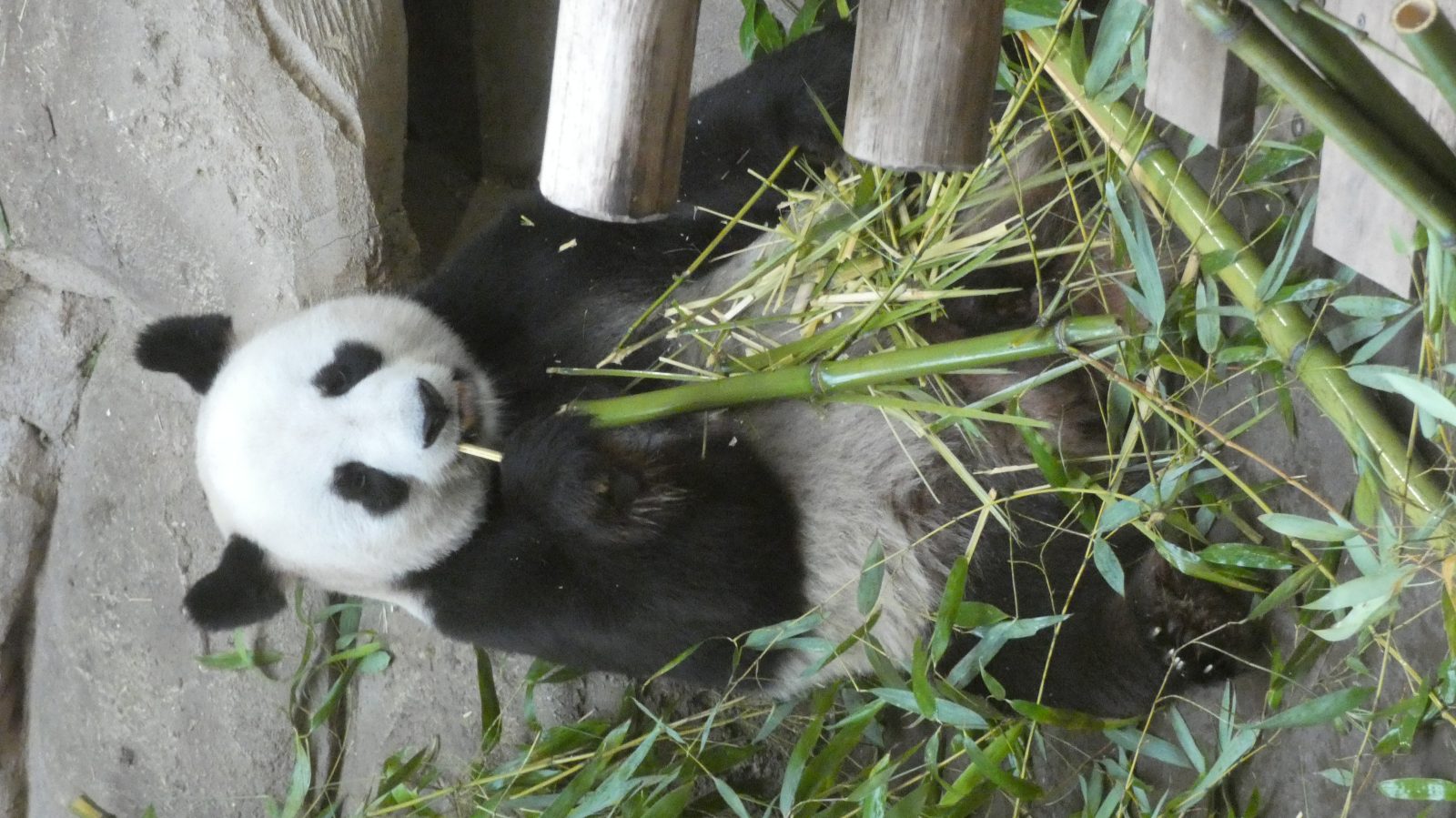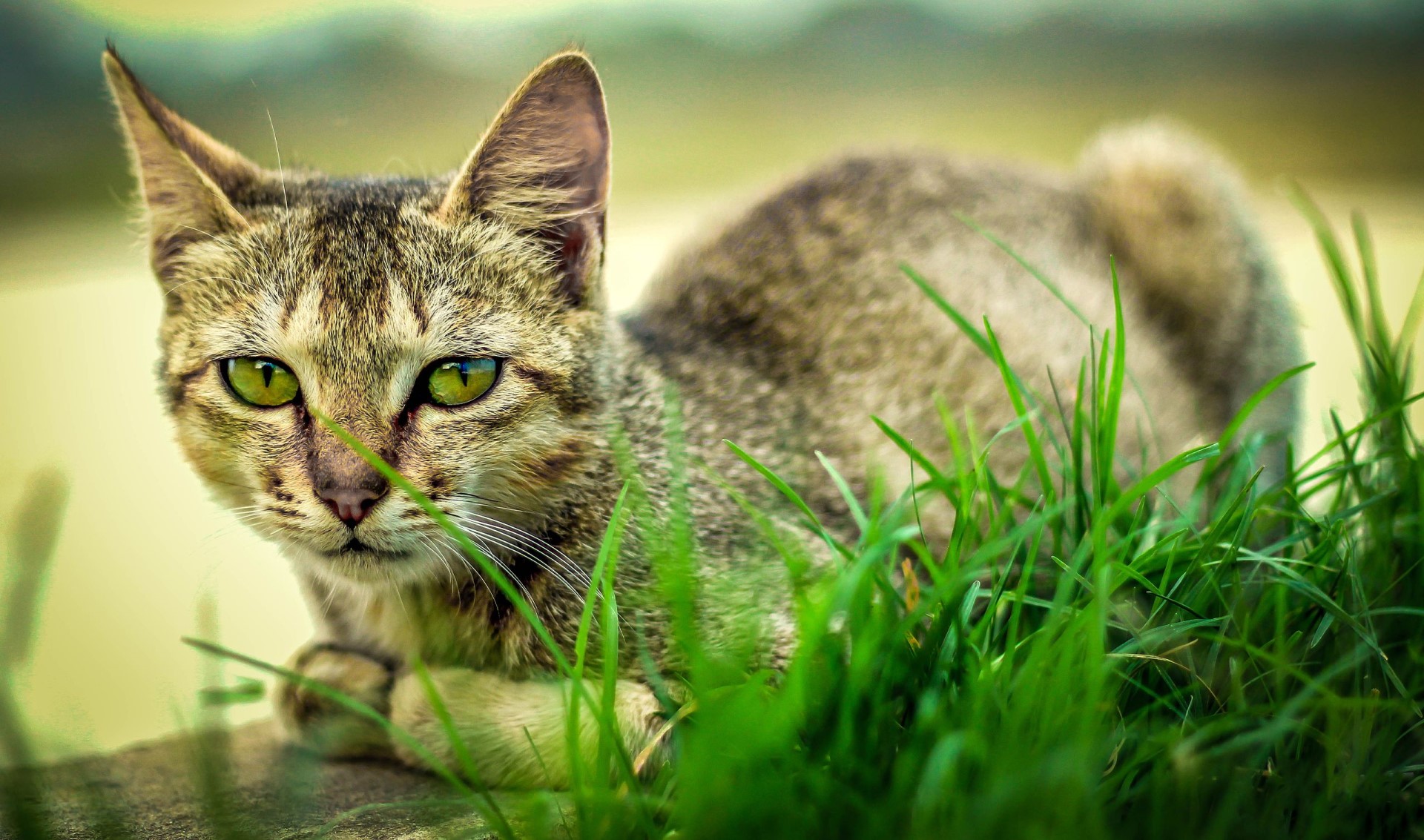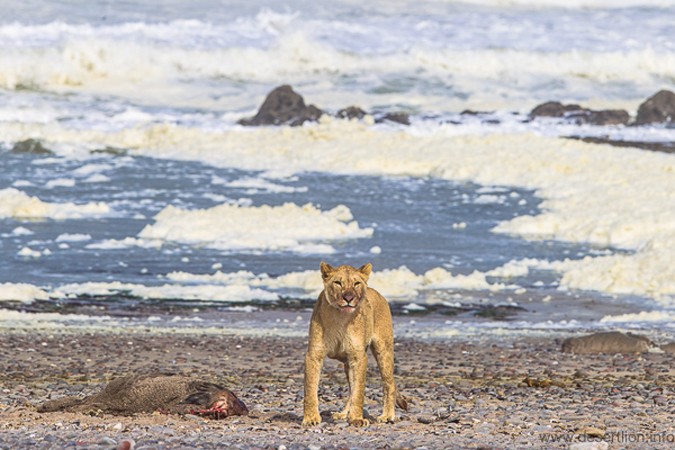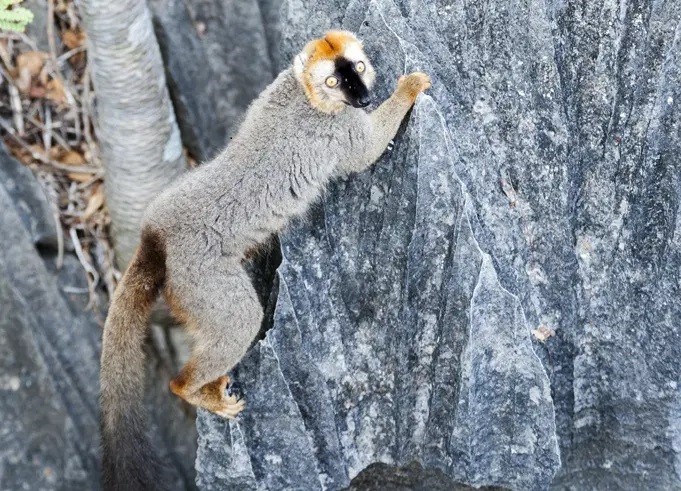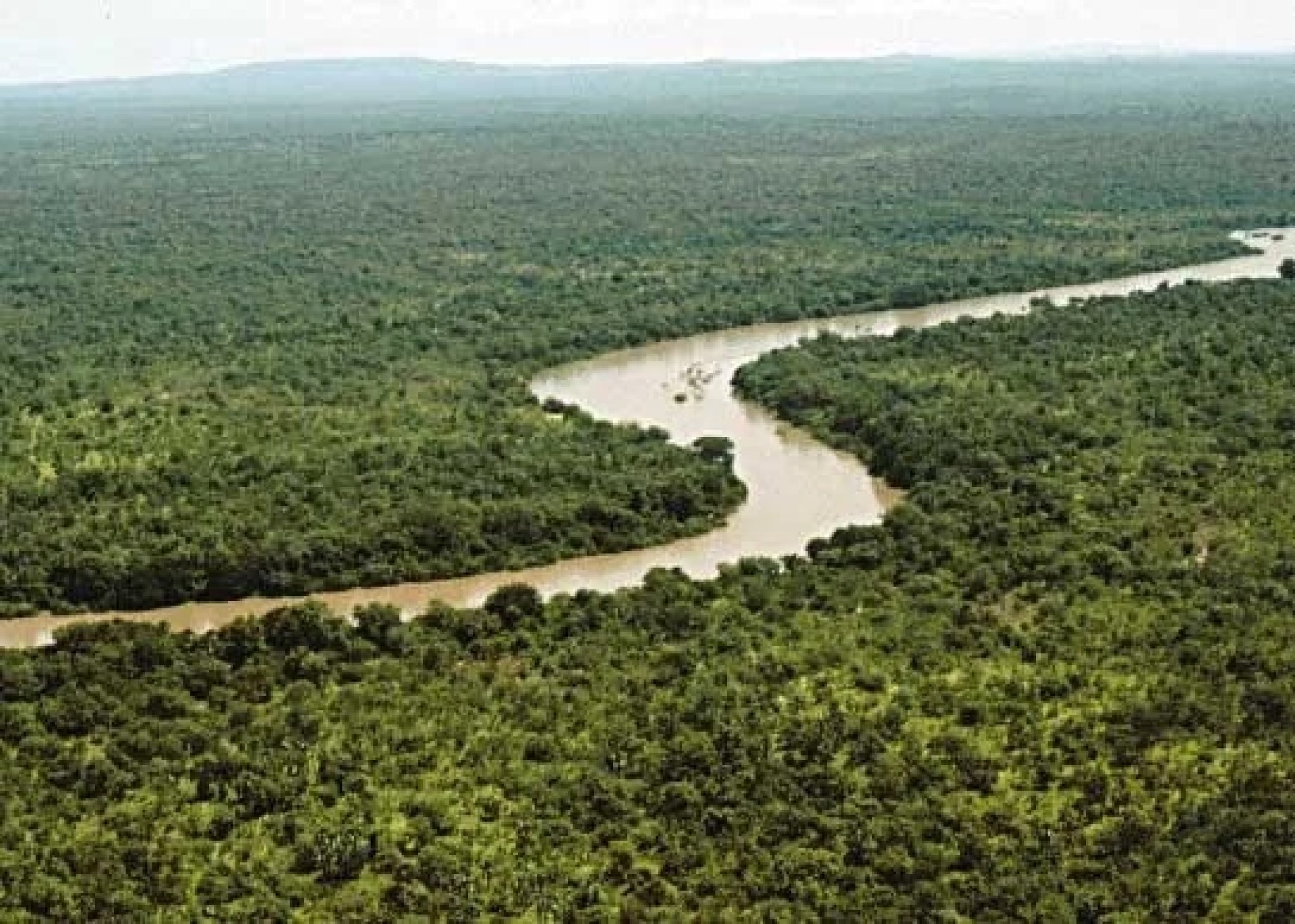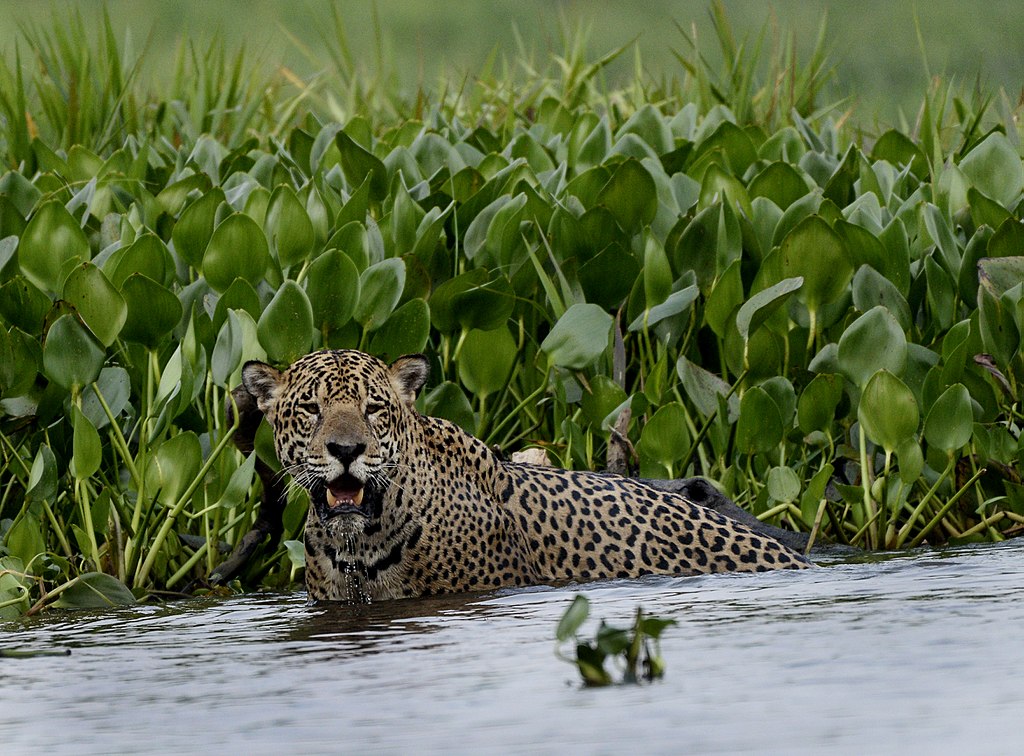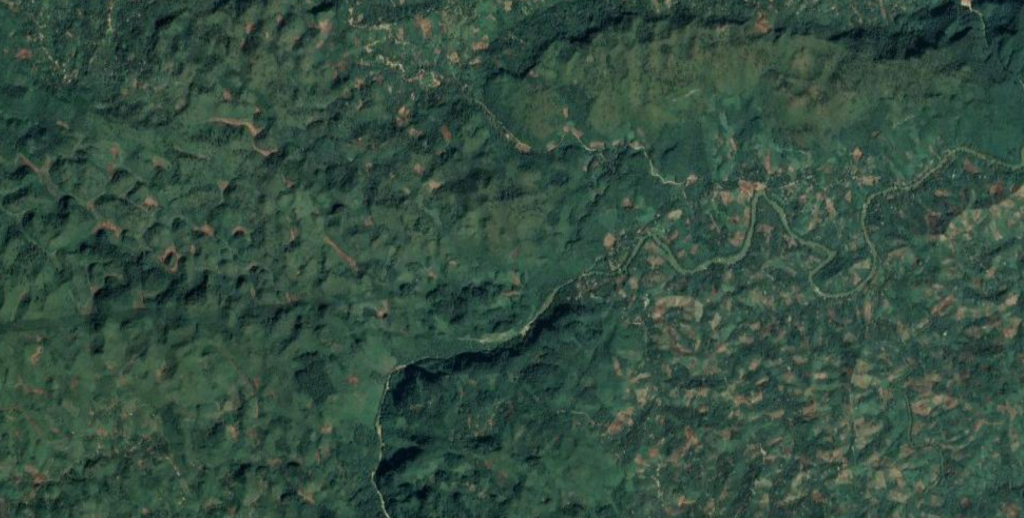Elephant family tree
African Savannah African forest, and Asian Elephant
There are 3 species of elephant in the world (these come from two closely related genera, Loxodonta (the African elephant genus, and Elephas the Asian elephant genus, both are dealt with on this page). They are a good indicator species, as if an area is capable of supporting elephants, it can probably support most other species as well (those above are in the same order, should you not recognize them).
The African Savannah elephant (left) and African Forest Elephant elephant (right) are both part of the same genus – Loxodonta. The Asian elephant (only one species, though a 3 subspecies Sri Lankan elephant, Mainland Asian elephant and Sumatran Elephant) is the only member of the genus Elephas. It is important to remember, that while the mammoth is a well known extinct species like the Elephant, it is estimated that there have been 180 different elephantine species in earths history.
Click on the one you are interested below, to find out more (along with seeing longer videos on each separate species), or scroll down to read all the articles we have written on elephants.
Elephant counting from space
- Tim
- February 4, 2021
Scientists have discovered that male elephants play a significant role in elephants society
- Tim
- October 18, 2020
Despite only relatively recently being defined as a separate species forest elephants are rapidly disappearing and this could have incredible impacts on the rain forest where they live
- Tim
- October 17, 2020
Hundreds of elephants have died in Botswana in the last couple of months
- Tim
- July 3, 2020
African elephant populations have stabilized in their Southern African homes
- Tim
- April 1, 2025
Shrinking trees, and tuskless elephants – what other effects are humans having?
- Tim
- March 3, 2025
US has tightened African elephant trophy import rules but stops short of banning
- Tim
- December 20, 2024
The smallest elephant in the world is in danger of being lost
- Tim
- December 14, 2024
The island where the feral species is an elephant
- Tim
- December 12, 2024
Elephant death mystery solved, but no nearer to a solution
- Tim
- November 2, 2023
African forest elephants are now considered critically endangered, and African savannah elephants endangered, are the Asiatic elephants safe? And are we killing one of the few hopes humanity has? A guide to what remains
- Tim
- May 29, 2023
Encountering an elephant while on foot
- Tim
- September 21, 2022
Forest elephants have been found to be more closely related to an extinct Asian elephant than to African Savannah elephants
- Tim
- May 30, 2022
First ever DNA extracted from remains of elephant on Sicily!
- Tim
- January 24, 2022
Oil fields of Botswana and Namibia threaten 130,000 elephants
- Tim
- June 21, 2021
Wild herd of elephants leave their reserve and roam 500km (300 miles) across China
- Tim
- June 9, 2021
Namibia is auctioning it elephants, should this be allowed?
- Tim
- May 3, 2021
Sri Lankan elephants are visiting landfill sites
- Tim
- April 28, 2021
Elephants still under threat
- Tim
- March 10, 2021
Elephant counting from space
- Tim
- February 4, 2021
Scientists have discovered that male elephants play a significant role in elephants society
- Tim
- October 18, 2020
Despite only relatively recently being defined as a separate species forest elephants are rapidly disappearing and this could have incredible impacts on the rain forest where they live
- Tim
- October 17, 2020
Hundreds of elephants have died in Botswana in the last couple of months
- Tim
- July 3, 2020
African elephant populations have stabilized in their Southern African homes
- Tim
- April 1, 2025
Shrinking trees, and tuskless elephants – what other effects are humans having?
- Tim
- March 3, 2025
US has tightened African elephant trophy import rules but stops short of banning
- Tim
- December 20, 2024
The smallest elephant in the world is in danger of being lost
- Tim
- December 14, 2024
We already have a number of places to view wild savannah elephants. Click on wild places or here, for all our savannah destinations in Africa. All the savannahs have elephants, Except the mountain gorilla reserve, which has forest elephants – often seen on a walk in this reserve.
Should you work in tourism or conservation, and would like to list another destination, either of this species of elephant, or indeed of African forest elephants or Asian elephants, you will find a link at the top of the main page “list your wild place” or alternatively click here.

